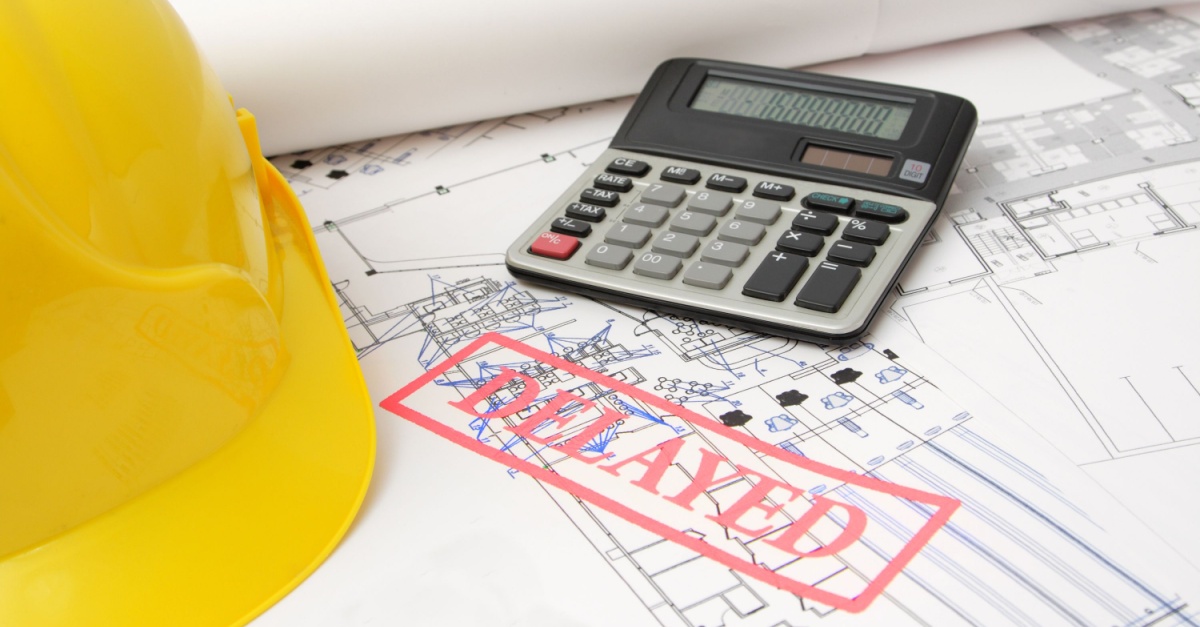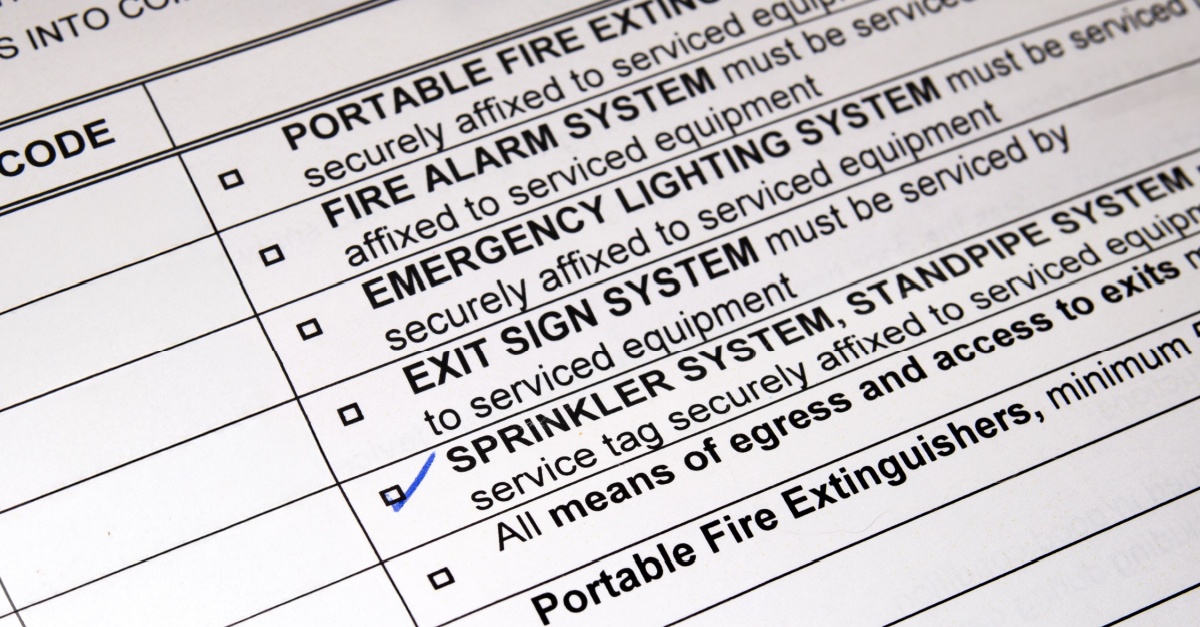
Your Interior Buildout: What Every Multisite Brand Needs to Know Before Starting
July 10, 2025
Your interior buildout just got approved for 50+ locations. The CEO wants them open by Q4. Your procurement team is already sweating the lead times, and you know that one jurisdiction will find a way to drag permits into next year.
Sound familiar?
Every facilities leader faces the same pain points: tight timelines, unpredictable permitting, and field teams scattered across time zones who’ve never worked together before. Miss your opening dates, and suddenly, you’re the reason the company’s growth targets are toast.
But what separates successful interior buildout programs from disasters? Sure, many factors are at play, but generally, they revolve around a few non-negotiables that most teams learn about too late.
What we’re covering here isn’t some pie-in-the-sky theoretical framework. It’s battle-tested intel from current market data on supply chains, permitting backlogs, and contractor availability. You’ll see precisely where programs typically derail and how a partner like BrandPoint Services — licensed in all 50 states — eliminates the variables that kill timelines and budgets.
1. Map the Master Timeline — From Pre-Lease to Grand Opening
Here’s the first hard truth about interior buildout timelines: Most facilities teams work backward from fantasy dates. You’ve got a lease signing ceremony scheduled, a grand opening marketing push locked in, and — somewhere in between — a vague assumption that “construction stuff” will magically happen in time.
Start with reality instead. An interior buildout can run six to 12 weeks just for the construction phase once the permits clear — assuming everything goes right. Now reverse engineer from your must-hit opening date: lease signed, design locked, permits filed, long-lead items ordered, and punch list closed. Each milestone needs buffer time because something will go sideways.
The 2025 market isn’t helping. Planning backlogs jumped 26% year over year to start this year, meaning your go-to trades are booking out earlier than ever. And if you’re expanding into multiple regions, forget about consistent pricing. In-line retail fit-outs average $155 per square foot nationally, but good luck explaining to your CFO why Northern California sites are running $211 per square foot while Southeast locations clock in at $117.
Pro tip: Lock national pricing agreements with tier one vendors before your design even freezes. It’s the only way to shield against mid-project cost escalations that can torpedo your budget three months in.
2. Permitting Without Surprises — Lead Times, Variance, and Politics
If unrealistic construction timelines are problem one, permitting chaos is the silent killer that finishes the job. While you focus on finishes and fixtures, permits are quietly eating your schedule alive — and the variance between jurisdictions will make your head spin.
The national median for commercial permits is roughly 68 days end to end, but that’s optimistic. Metro cores routinely double that timeline, and even cities trying to help can’t escape bureaucracy. Take San Francisco: After major 2024 reforms, the city cut median planning review from 222 days to 133 days. Impressive — until you realize 30% of files still miss their 30-day first-review target, and 133 days is still over four months.
Every market has its “tough three” jurisdictions where design review boards or concurrency rules will casually add 60+ days to your timeline. Local politics, understaffed departments, and constantly evolving codes create a perfect storm of delays that can derail even the best-planned rollouts.
The good news? Digital permit dashboards, preapproved prototypical plans, and third-party expediters can shave 15-20% off cycle times when deployed strategically. Just remember to track evolving energy codes (IECC 2024), ADA revisions, and fire-life safety updates.
3. Coordinating Teams Coast to Coast — Keeping Every Trade in Sync
Now comes the part that separates seasoned facilities leaders from the ones who burn out after their first national rollout: keeping dozens of moving pieces synchronized across markets you’ve never operated in with teams who’ve never worked together.
One thing you need to know about multisite interior buildouts? Every location has a different issue. Sure, you’ve got one brand standard and one set of plans. Still, Site #47 in Denver has utilities running through the ceiling where your HVAC needs to go, and Site #23 in Atlanta has a landlord who insists on inspecting every wall penetration personally.
Each location becomes a micro-project with unique utilities, landlord quirks, and inspection cadences — all happening simultaneously under your watch.
The facilities leaders who survive this chaos swear by two things: data visibility and front-loaded problem-solving. Digital project management platforms give your team real-time line of sight on schedules, photos, and punch items across hundreds of addresses. At the same time, preconstruction audits catch 90% of scope gaps (hidden structural steel, slab moisture issues) that would otherwise explode into change orders mid-project.
Smart logistics help too. Sequencing material drops by region leverages freight lanes and avoids LTL premiums that nickel-and-dime your budget to death. Daily field reports feeding into weekly executive dashboards also help keep you ahead of issues.
4. Containing Cost and Schedule Creep — The Change-Order Playbook
Beyond timelines, permits, and coordination, another beast is waiting to devour your budget and schedule: change orders. And unlike the other challenges, this one grows exponentially with the size of your interior buildout rollout.
Change orders average 10% of contract value across the industry — that’s just the baseline tax for doing business. But large rollouts? You’re looking at up to 25% cost growth as minor variations multiply across dozens of sites. What starts as “just swap out that light fixture” in Market #1 becomes a $50,000 line item when it ripples through 30 locations because nobody documented the decision properly.
The facilities teams who keep change orders under control don’t just react — they hunt down problems before they become expensive surprises. Collaborative risk assessments during preconstruction cut schedule overruns by 6.7% and cost growth by 4.8% on recent pilot projects.
Your best defense is standardization. National fixture packages and paint schedules curb brand drift and eliminate the price variance that happens when local teams start “value engineering” on the fly. And when changes do hit, cloud-based approval logs route decisions in hours instead of days, preventing that expensive downstream idle time where crews stand around waiting for someone to make a call.
5. Leveraging Tech and Data — Your Real-Time Control Tower
You’ve probably sat through enough vendor demos promising to “revolutionize your project visibility” to last a lifetime. Most of that software ends up being expensive digital paperwork that nobody uses after month two. However, some technology earns its keep when dealing with many interior buildouts nationwide.
Simple integrations can pull IoT equipment data, geo-stamped site photos, and permit status into one place where you can spot problems before they blow up. After all, when one of your sites starts showing delays, you want to know immediately whether it’s permits, materials, or weather — not find out three days later when your contractor calls.
Modern scheduling engines can also predict labor shortages and weather disruptions and then automatically reshuffle tasks to keep your critical path intact. It sounds like magic, but it’s just good pattern recognition applied to problems that used to require constant firefighting.
And an unexpected perk? All that project data automatically feeds your sustainability reporting. Waste diversion rates, low-VOC materials, energy retrofits — it all gets captured without extra work from your team. Your ESG people get their 2025 KPIs and investor disclosures handled while you get documentation of improvements that were already baked into your program.
Why BrandPoint — Licensed, Proven, and Ready in All 50 States
Managing one interior buildout is hard enough. But across multiple locations? That’s a whole different beast. You’re dealing with different contractors in every city, hoping local teams understand your brand standards, and crossing your fingers that “completed” actually means what you think it means. For 20 years, BrandPoint Services has tackled all of these pain points and handled interior projects from single locations to nationwide rollouts. And we’ve learned that success comes down to having the right systems, people, and licenses in place before you even start.
- One Team, Zero Handoffs: We act as your single point of contact for every trade — painting, flooring, electrical, HVAC, plumbing, fixtures, and beyond. No more playing phone tag with six contractors or wondering who’s responsible when something goes sideways.
- Licensed Coast to Coast (Plus Canada): We hold general contractor licenses in all 50 states, which means you get one contract, one insurance policy, and zero compliance headaches.
- Local Crews, National Standards: Our network of thousands of vetted tradespeople means we can execute your brand standards consistently, whether the job site is in downtown Chicago or rural Wyoming.
- Real-Time Intelligence: Our field teams use apps that capture photo documentation and feed project data directly to your dashboard. You’ll know what’s happening at every location without asking — because nobody has time for status report meetings.
- We Know Your Business: After two decades of working with major retailers, restaurants, banks, and healthcare providers, we understand that every brand has quirks. We make decisions on-site like we’re part of your team because, frankly, that’s how we see ourselves.
Next Steps: From Planning to Execution
The five fundamentals we covered separate successful multisite interior buildouts from the programs that become cautionary tales in the facilities world. Yet knowing what must happen and executing across dozens of locations are two very different challenges. The gap between strategy and reality is where most rollouts stumble, and it’s exactly why smart facilities leaders don’t try to manage everything in-house.
At BrandPoint Services, we turn these pain points into our daily operations. We hold general contractor licenses in all 50 states, so you get one contract and zero compliance headaches whether you’re opening in Maine or Montana. Our network of vetted tradespeople executes your brand standards consistently across every market, while our real-time project apps feed data directly to your dashboard — no more status meetings or surprise delays. We’ve learned that successful interior buildouts aren’t about perfection, they’re about having systems that catch problems early and teams that solve them fast. And we’re the team that makes it happen.
Ready to stop worrying about your rollout timeline? Talk to a BrandPoint expert about how we can de-risk your next interior buildout program.






